$SOTHEB $ART $ETH
#LondonArt #ArtMarket #ContemporaryArt #ArtInnovation #ArtCollectors #DigitalArt #NFT #CryptoArt #YoungCollectors #AIArt #ArtInvestment #ArtFairs
London is seeking to reinvigorate its status as a global hub for the arts by appealing to a younger, tech-savvy generation of collectors. Traditionally a playground of the ultra-wealthy, the art world is witnessing a democratization brought about by technology, innovation, and cultural shifts. Anchored by its renowned galleries, vibrant auction houses, and cutting-edge art fairs, the city is poised to merge traditional art commerce with the demands of Generation Z and millennials. These younger collectors, many with financial literacy bolstered by careers in technology, entrepreneurship, or crypto investment, represent a promising niche for the art market. The shift suggests not just a cultural evolution but a pivot in economic strategy for London. Leveraging this opportunity could directly enhance the role of art as an investment vehicle, with demand increasing for both traditional art pieces and newer forms like NFT-based digital works.
Institutional players like auction houses and galleries are already recalibrating their strategies to include digital and AI-driven art forms while ensuring they remain culturally relevant to emerging buyers. Established companies such as Sotheby’s ($SOTHEB) have been leading the charge. Their foray into crypto art and blockchain-backed auctioning platforms highlights the market’s growing willingness to embrace innovation. This approach has financial significance, as hybrid art forms like NFTs are traded globally using cryptocurrencies like Ethereum ($ETH). This could open up new liquidity for the art market while also tying it to the often volatile crypto landscape. London’s ability to adapt to these transitions could strengthen its resilience against competition from cities like New York and Hong Kong, making it a critical observation point for market analysts assessing the global art industry.
Beyond technology, sociocultural shifts are shaking up traditional notions of art ownership and investment. Younger buyers are skeptical of high entry barriers and exclusivity that have long defined the art world. Instead, they value diversity, accessibility, and the melding of artistic expression with social causes. Pioneering artists who include AI-generated works, or those addressing global equity issues, are capturing attention and potentially driving higher valuations at London-based fairs and galleries. This sociocultural aspect intersects with market dynamics, as it aligns well with ESG (Environmental, Social, and Governance) investing strategies that institutional investors increasingly favor. Analysts foresee a long-term value proposition in this convergence, which could translate into evolving pricing models and robust auction participation, invigorating the market further.
Underlying this transformation are systemic financial opportunities for retail investors. Tech-enabled platforms and marketplaces allow fractional investing in high-value art, disrupting the traditional practice of art acquisition. Next-generation tools, including AI-driven appraisal models, offer both transparency and efficiency, which could democratize art investments and make the sector more attractive to diverse investor profiles. Blending traditional art forms with technological and social innovations, London has the chance to cement its role as a modern art and investment powerhouse. As the global economy navigates uncertain terrain, the art market’s fusion with technology and finance may provide an intriguing source of both cultural enrichment and financial returns.





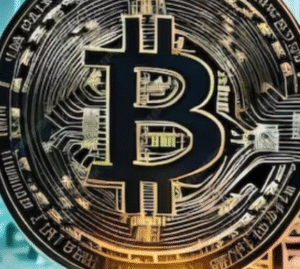
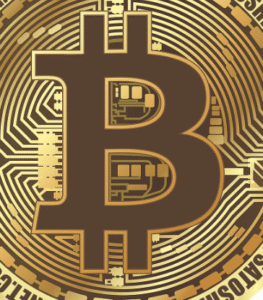
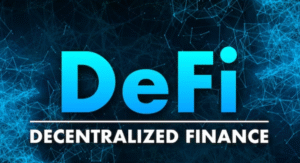
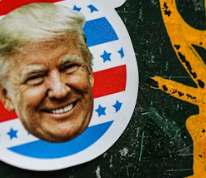
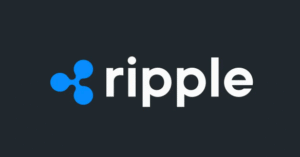
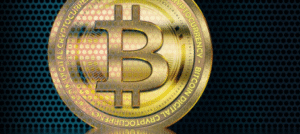
Comments are closed.